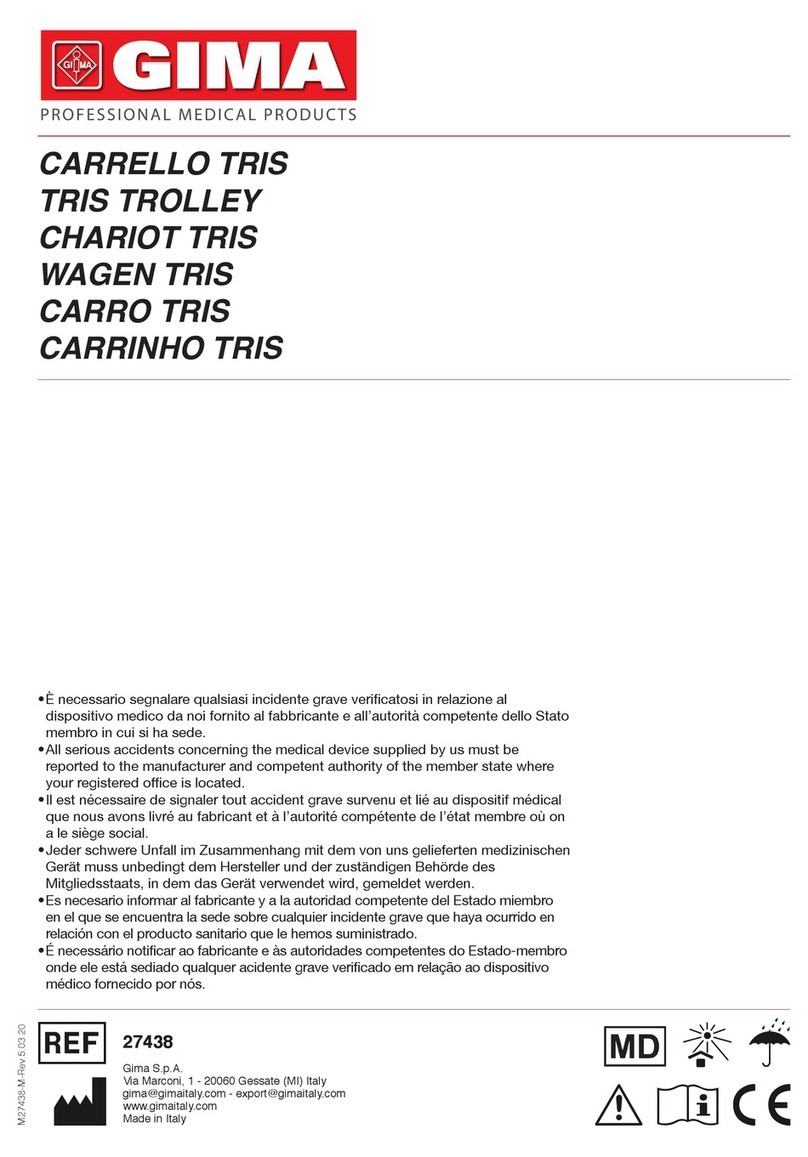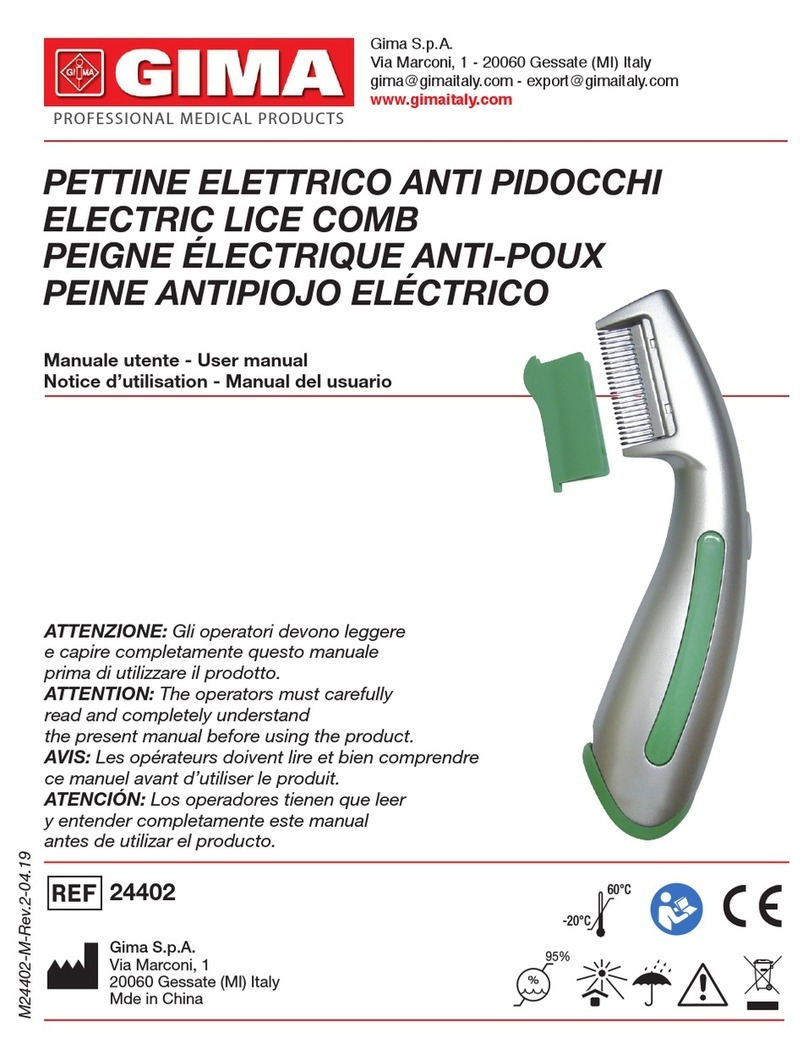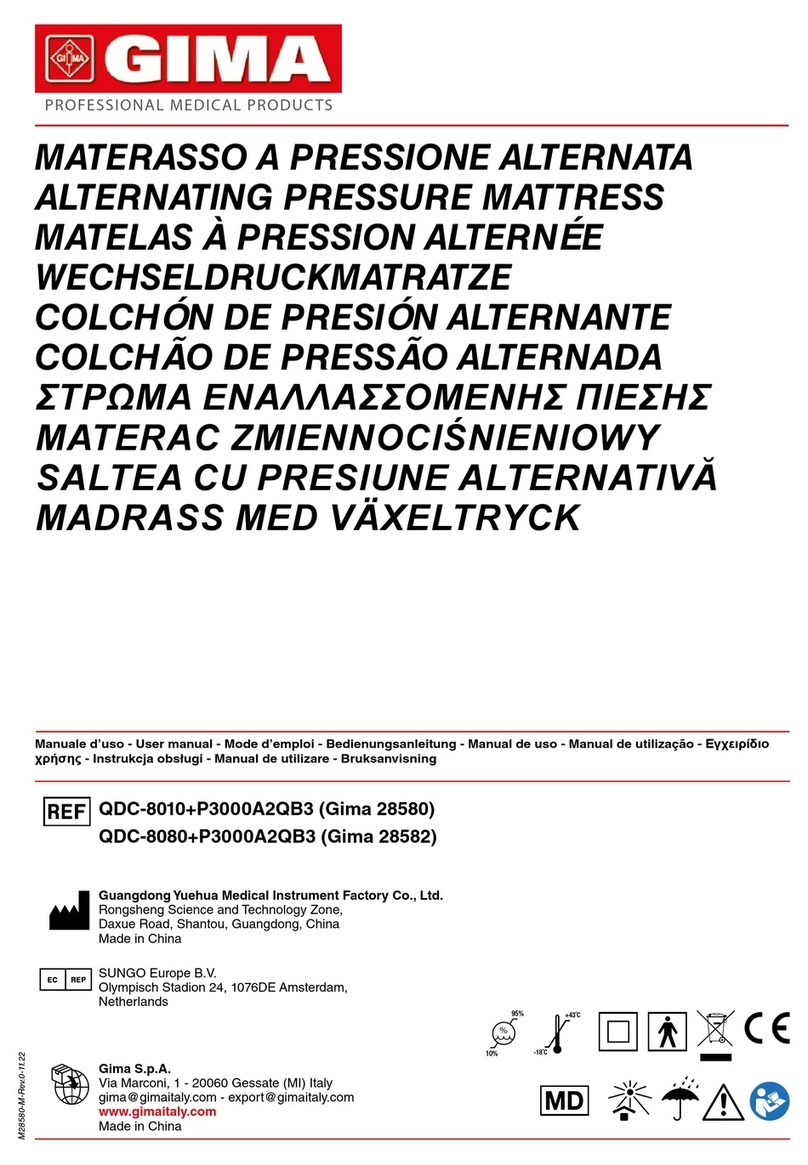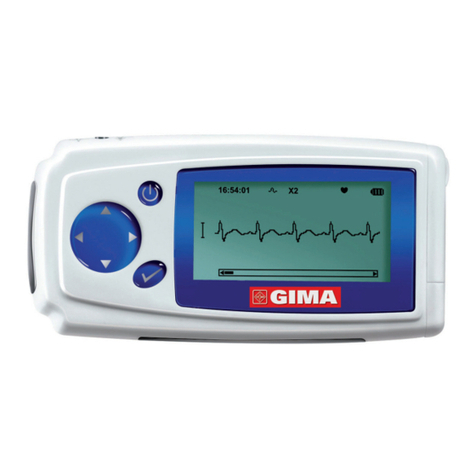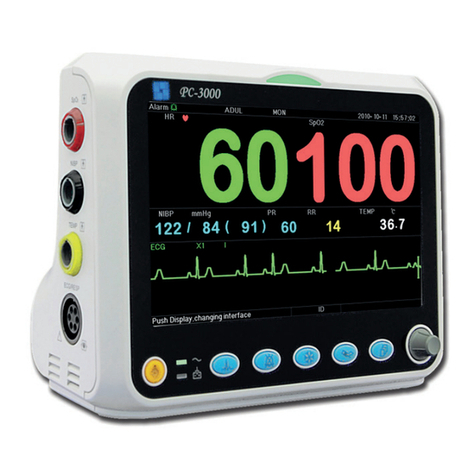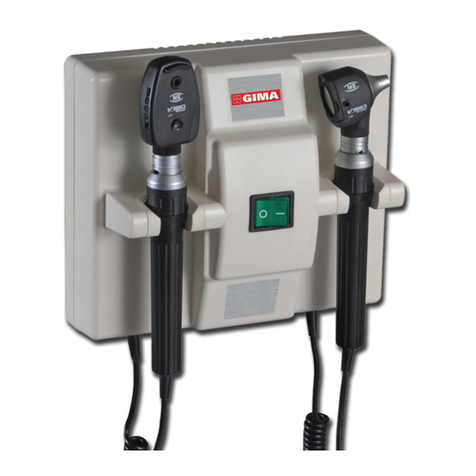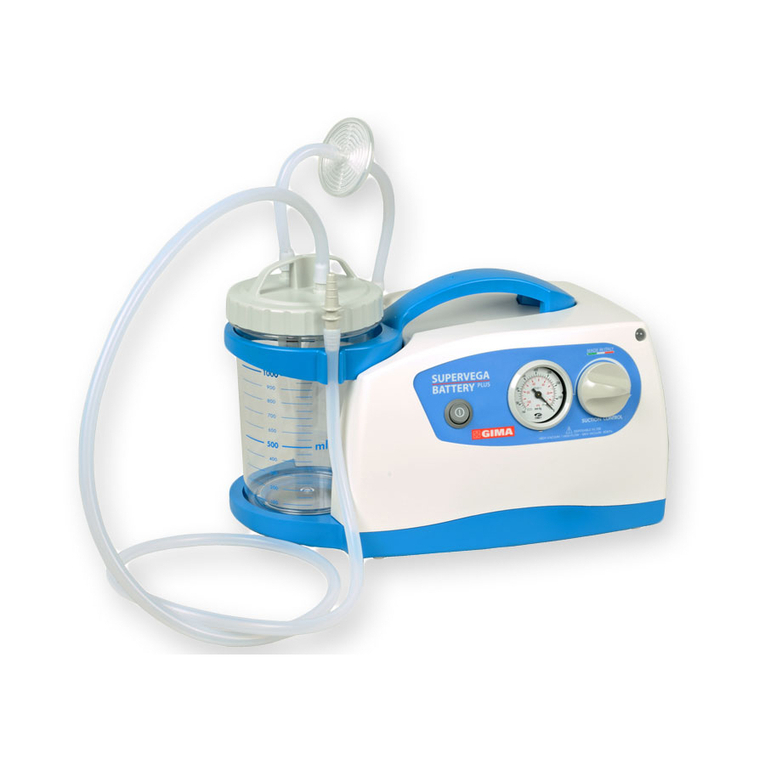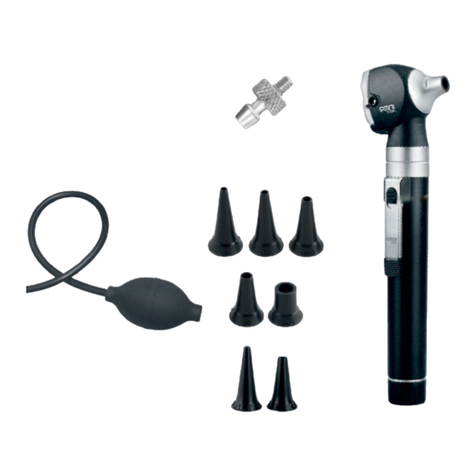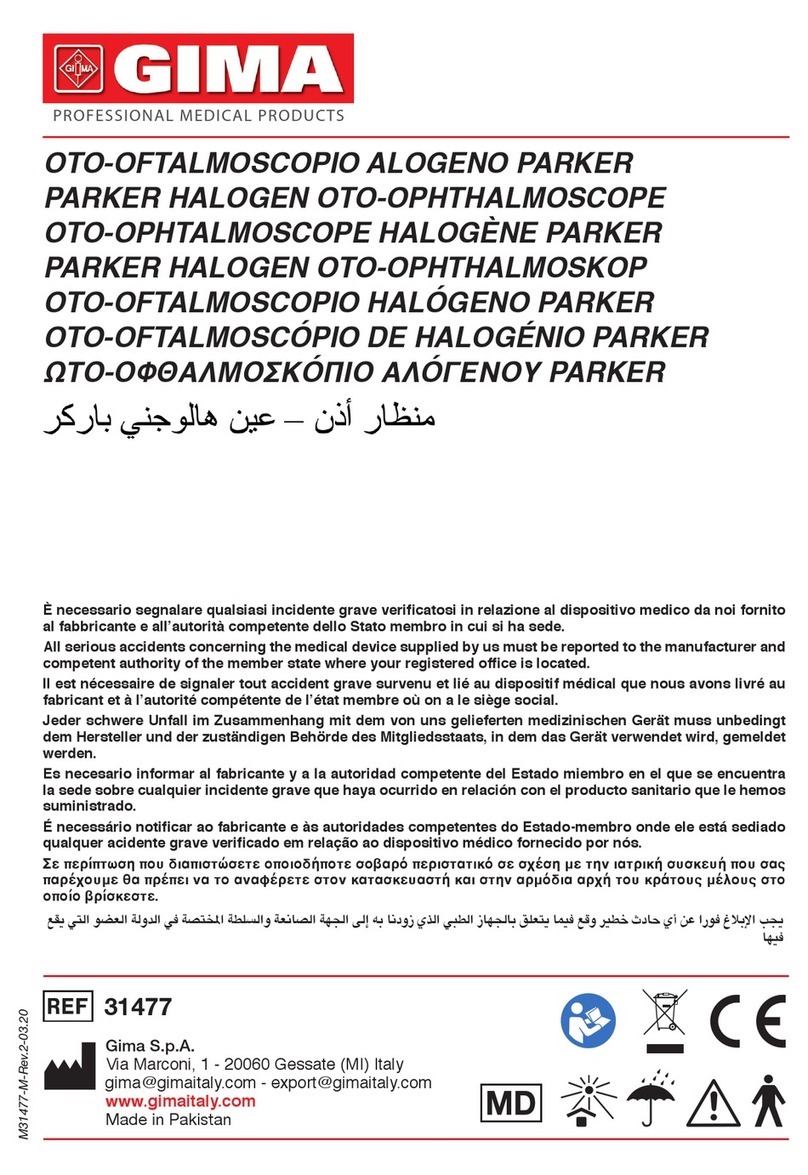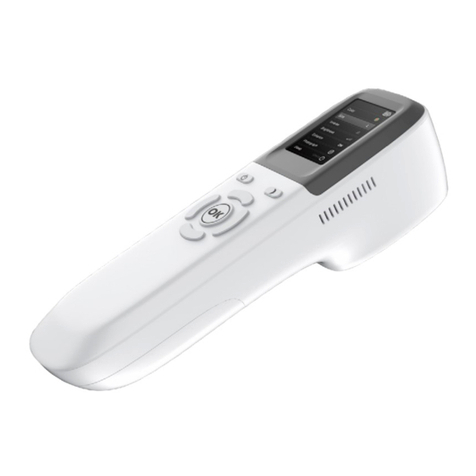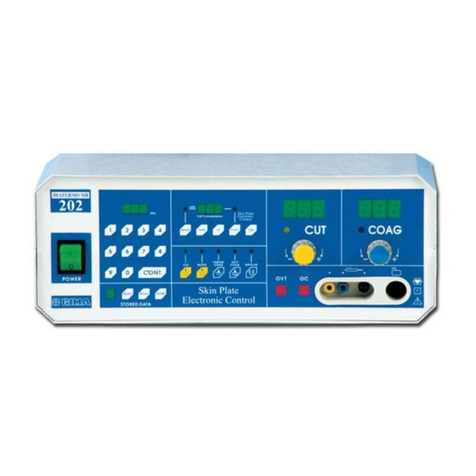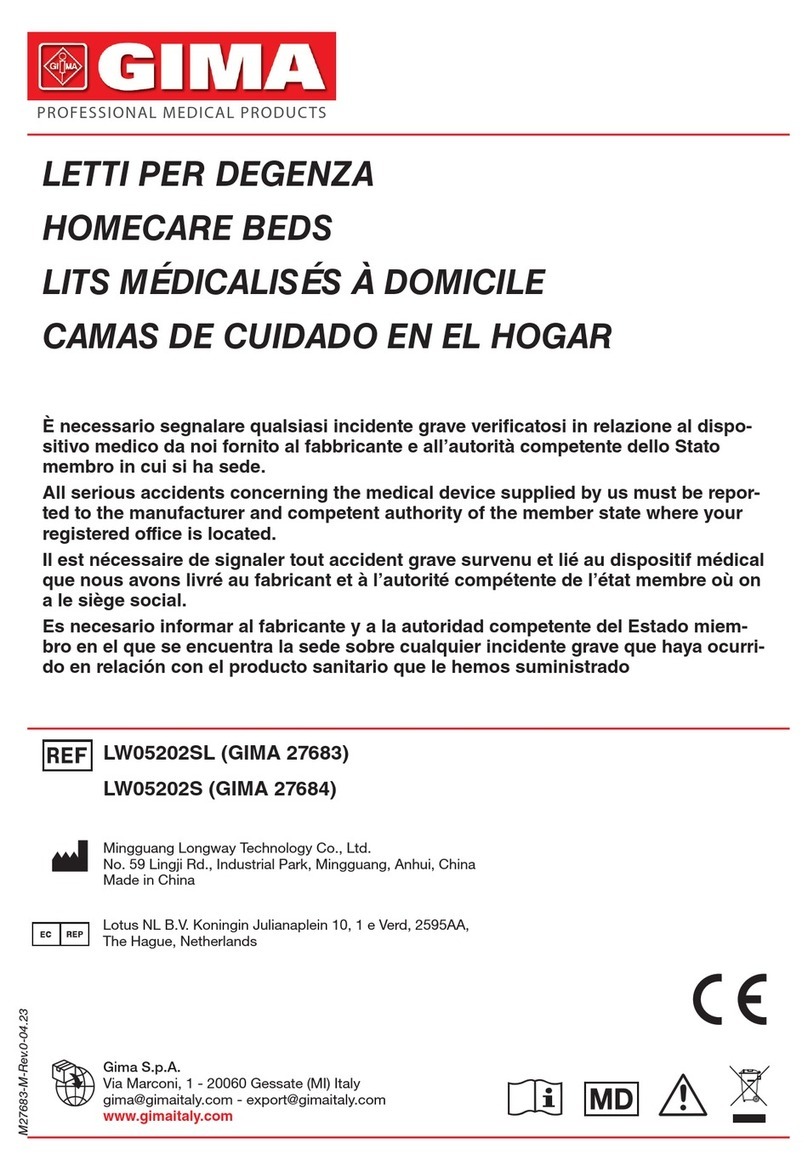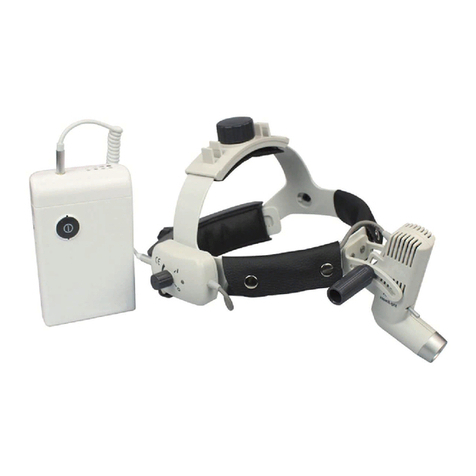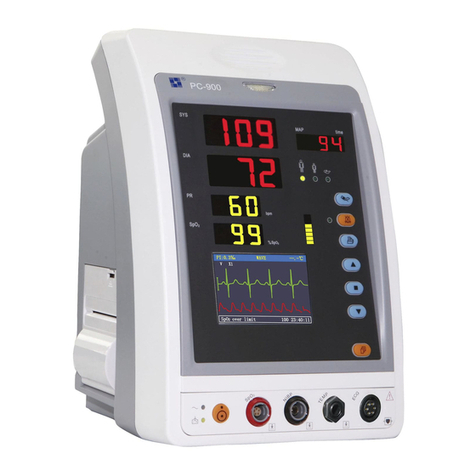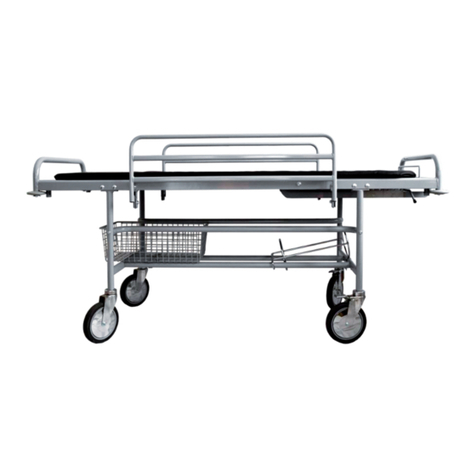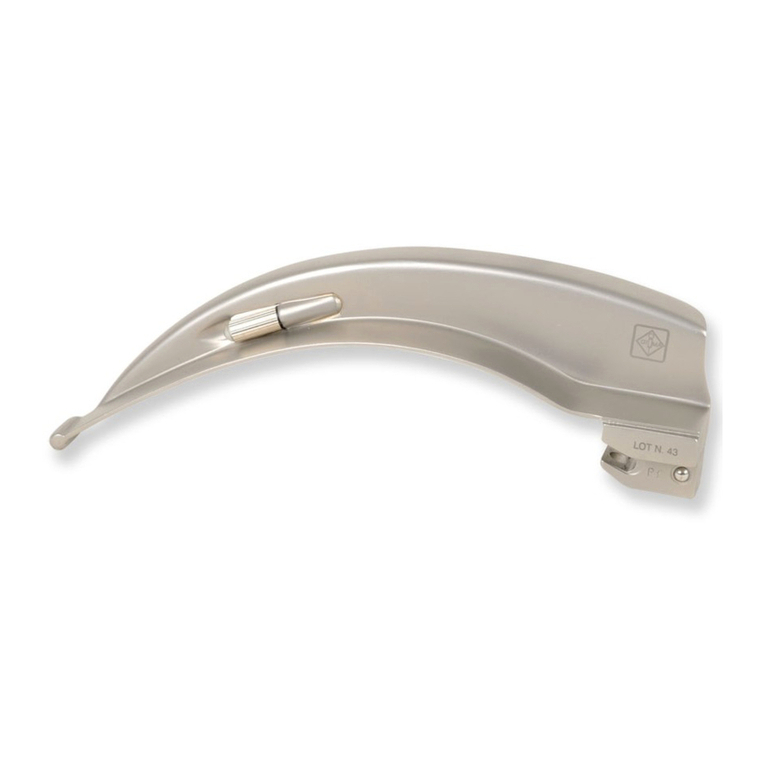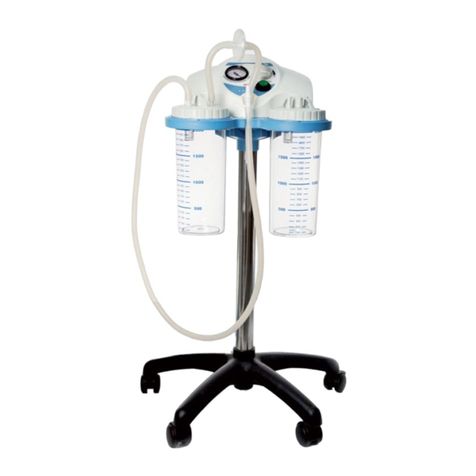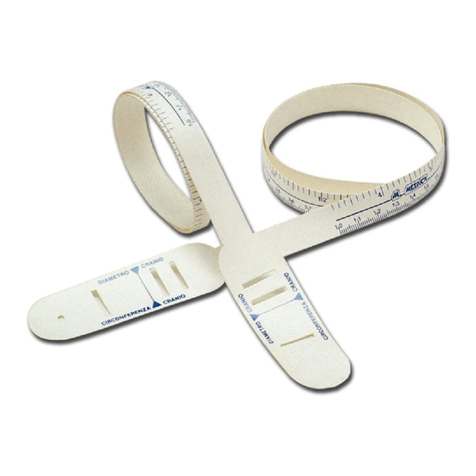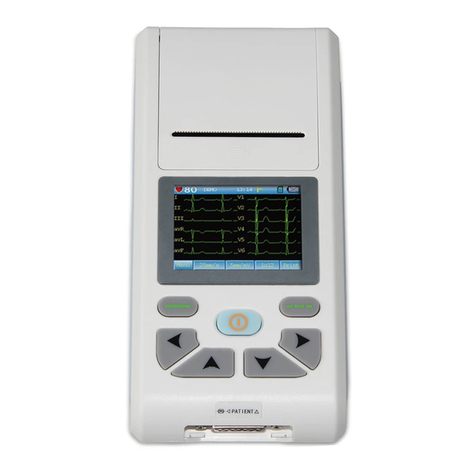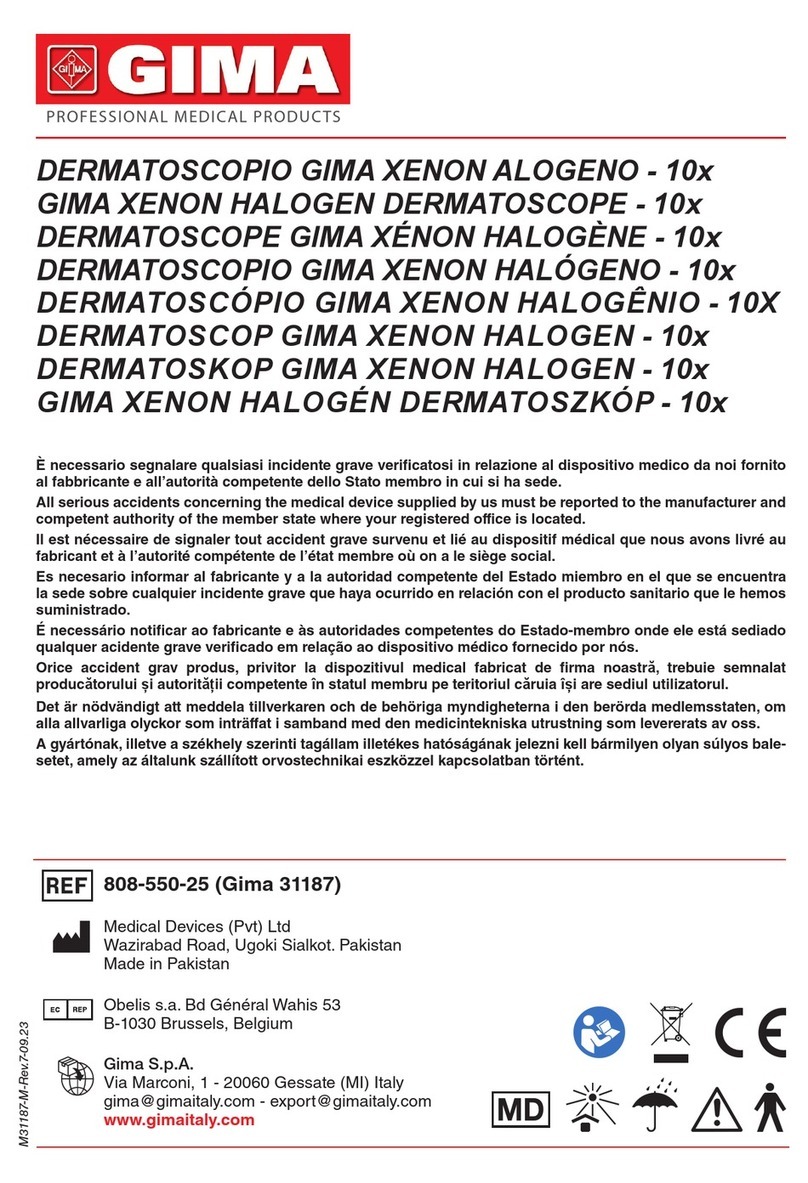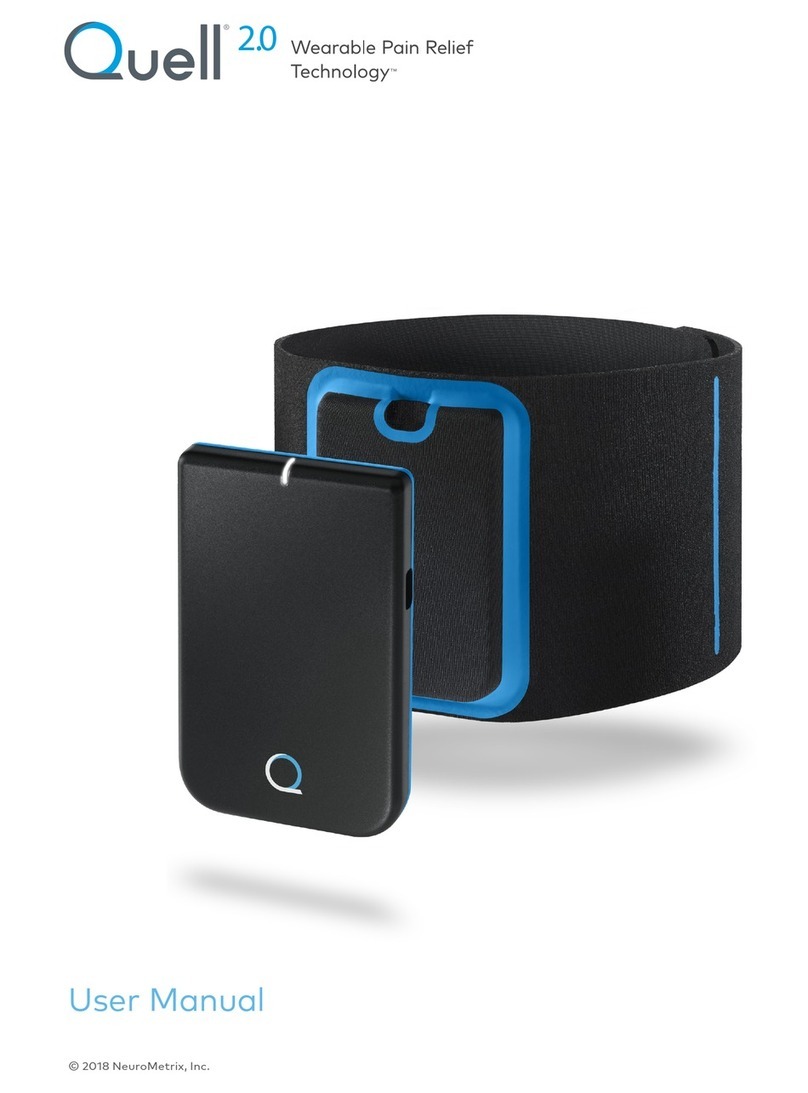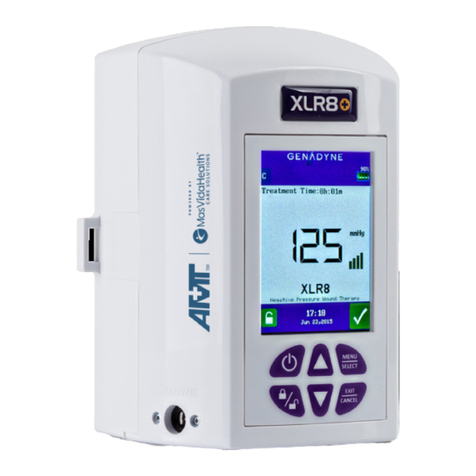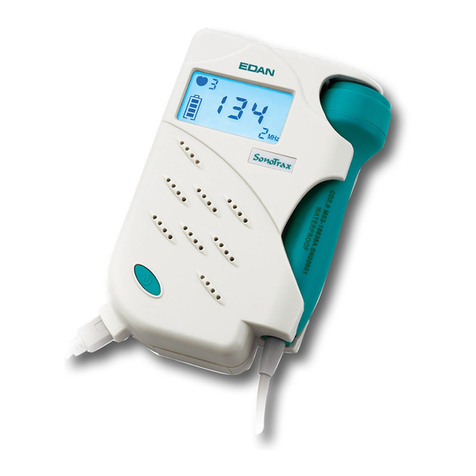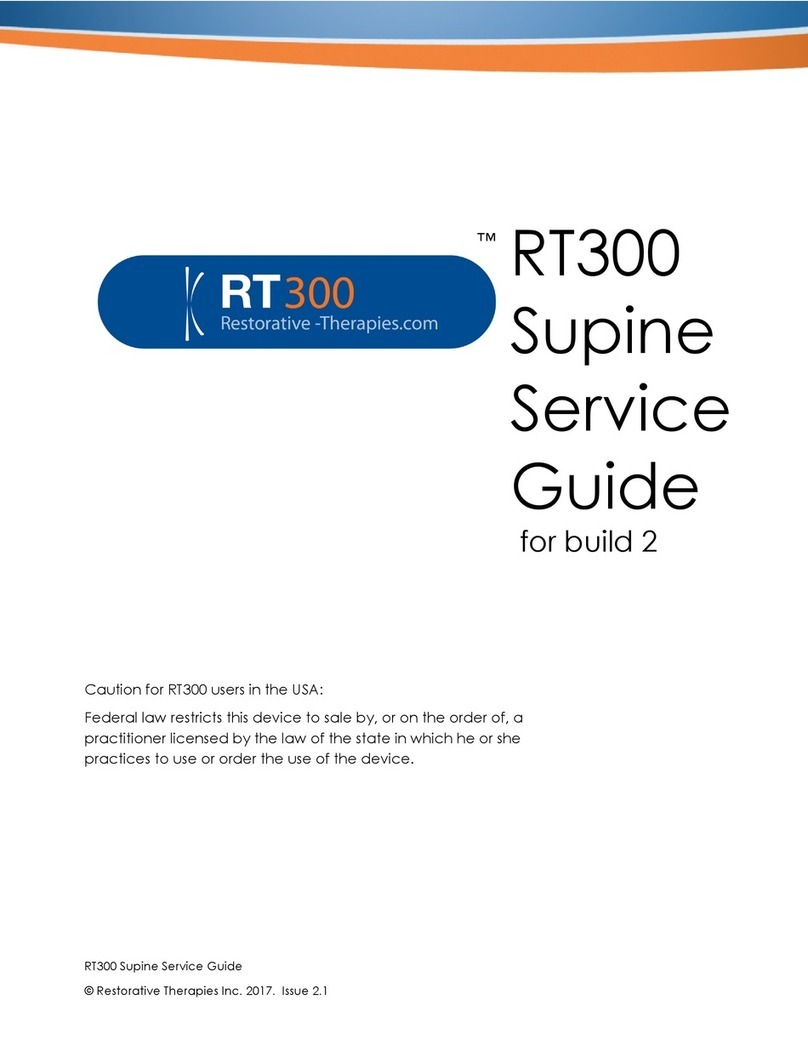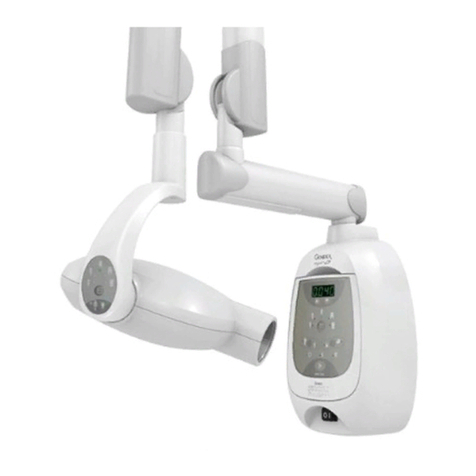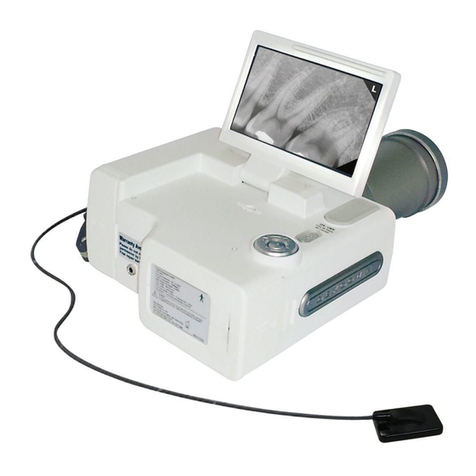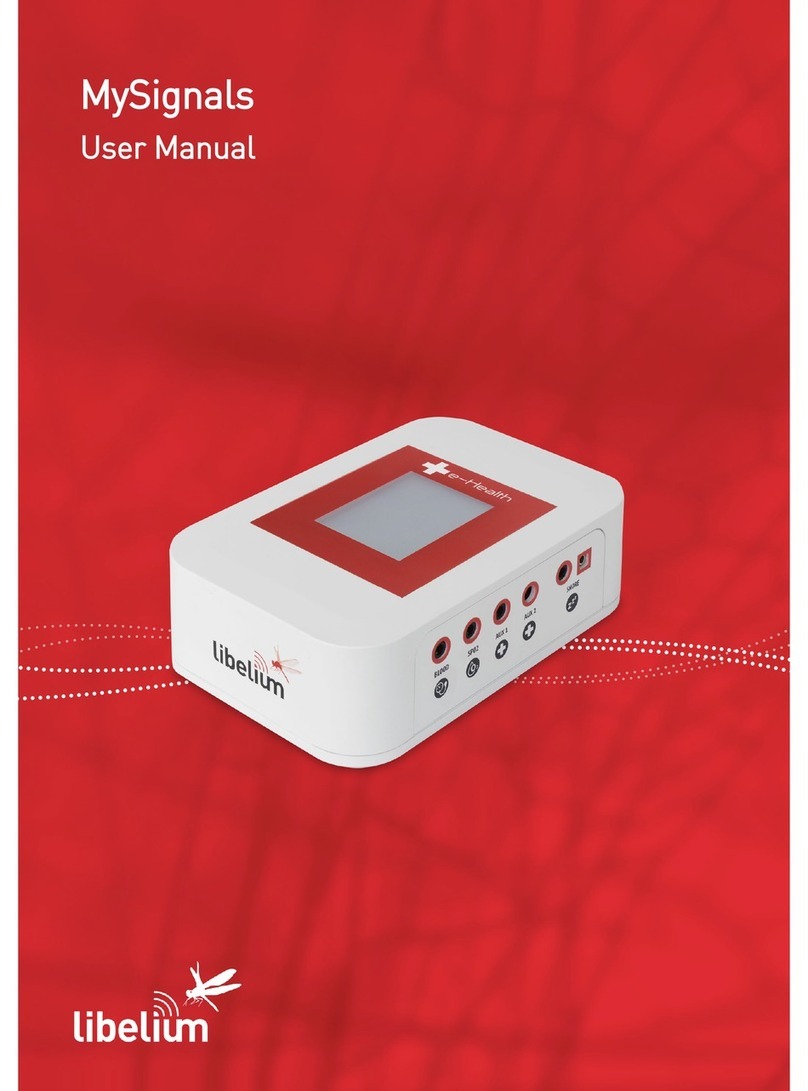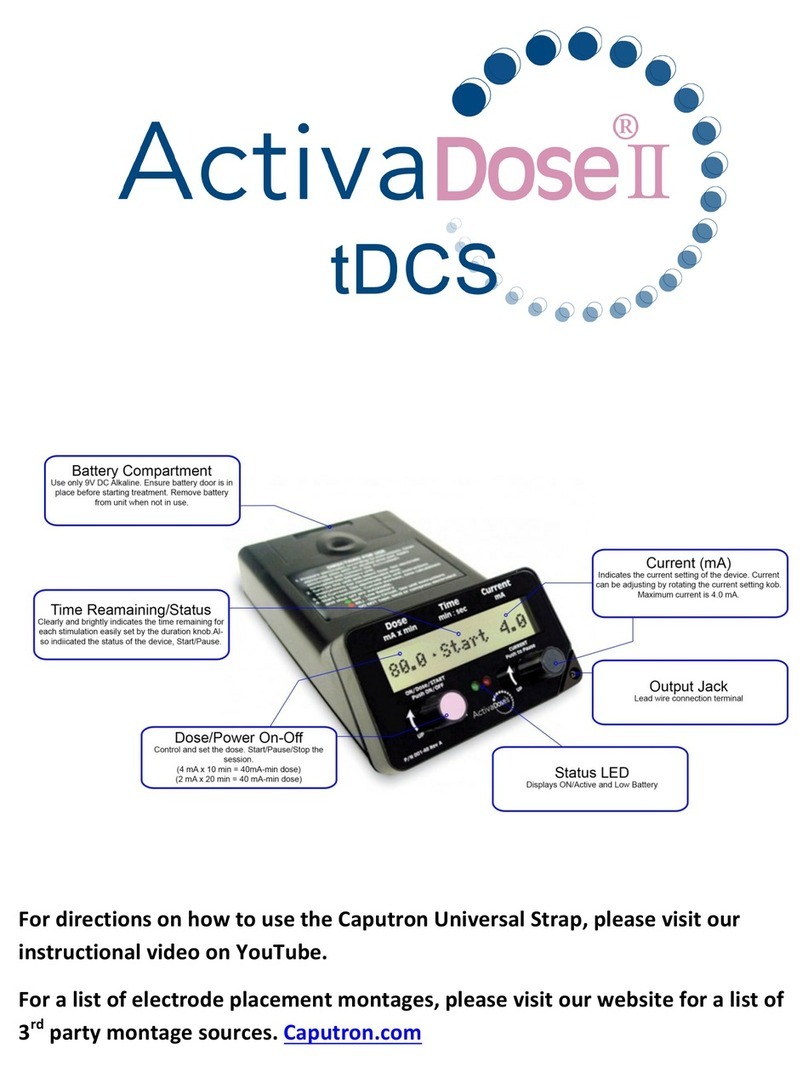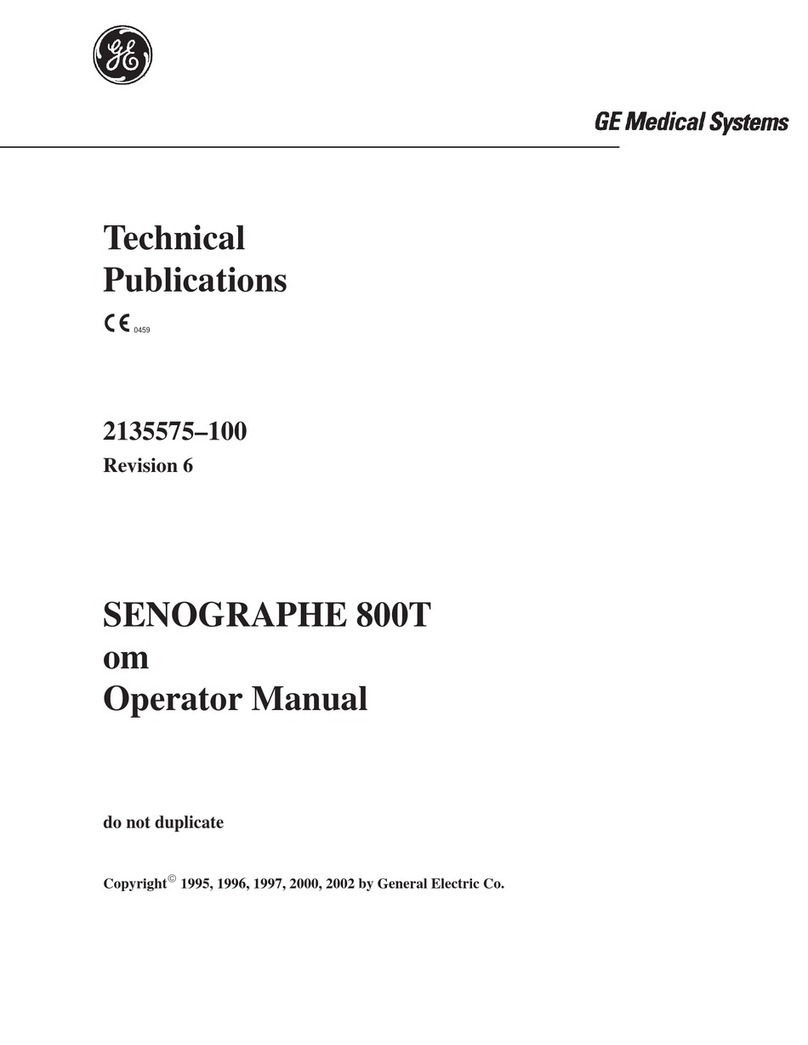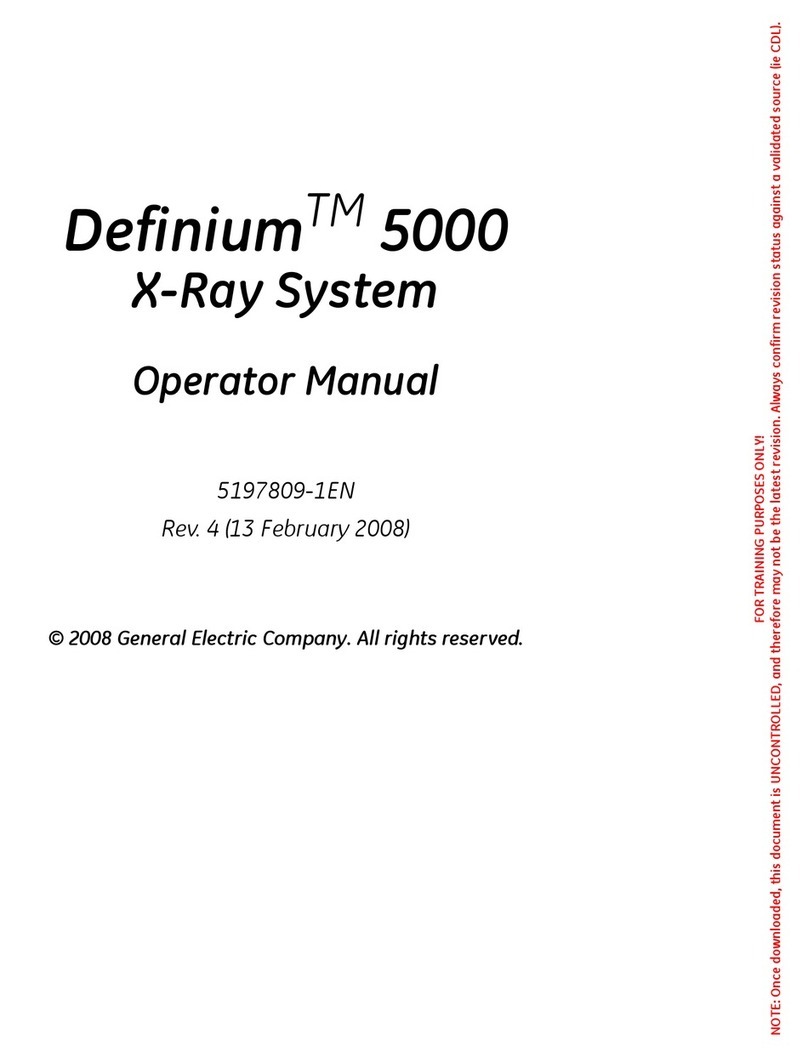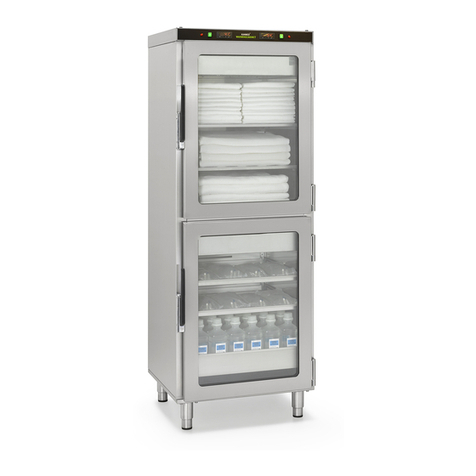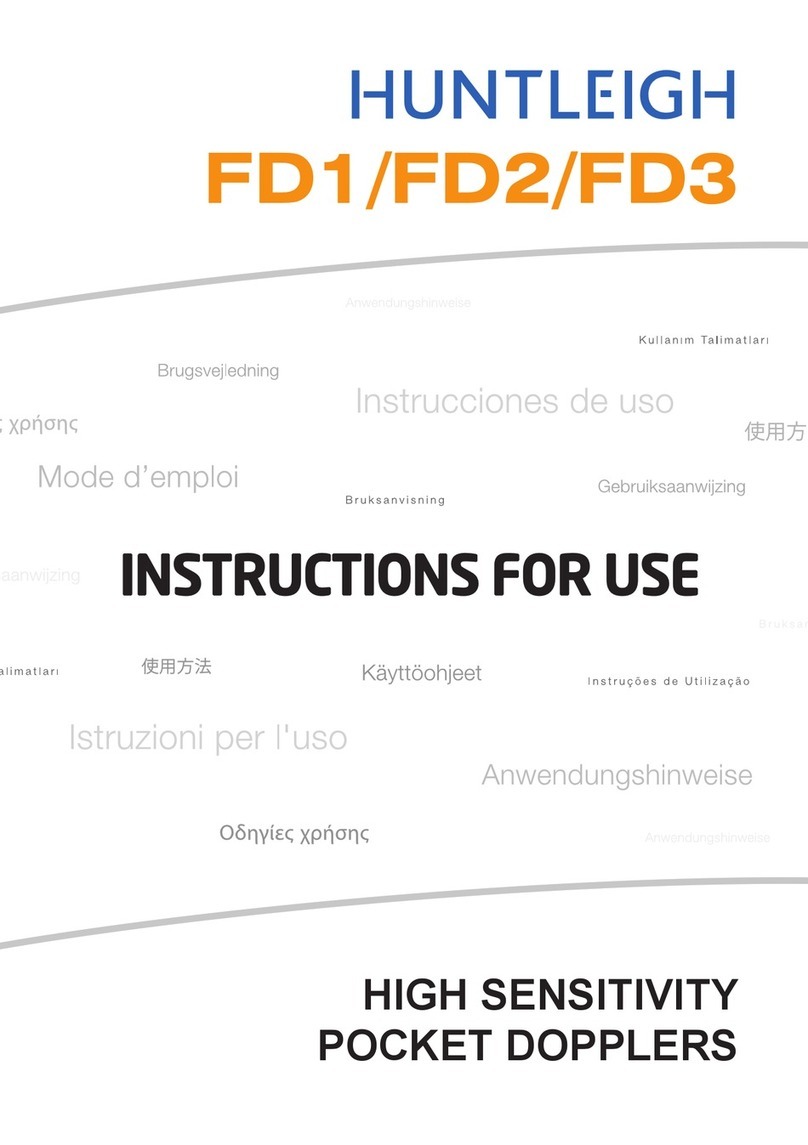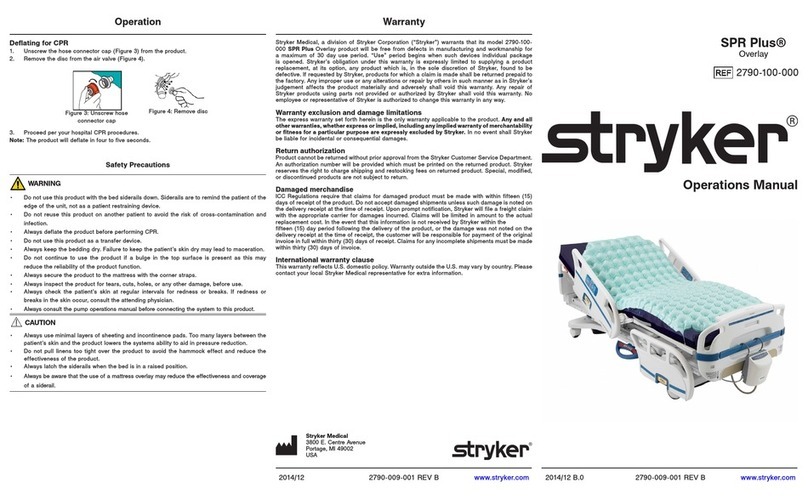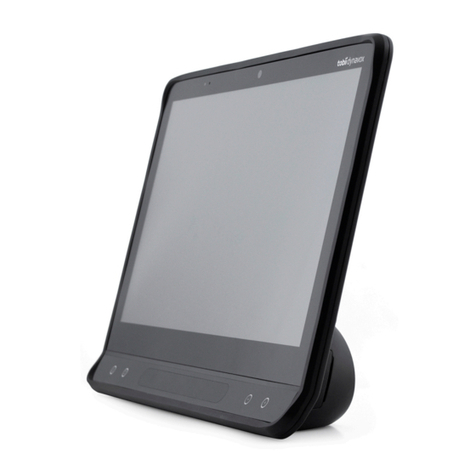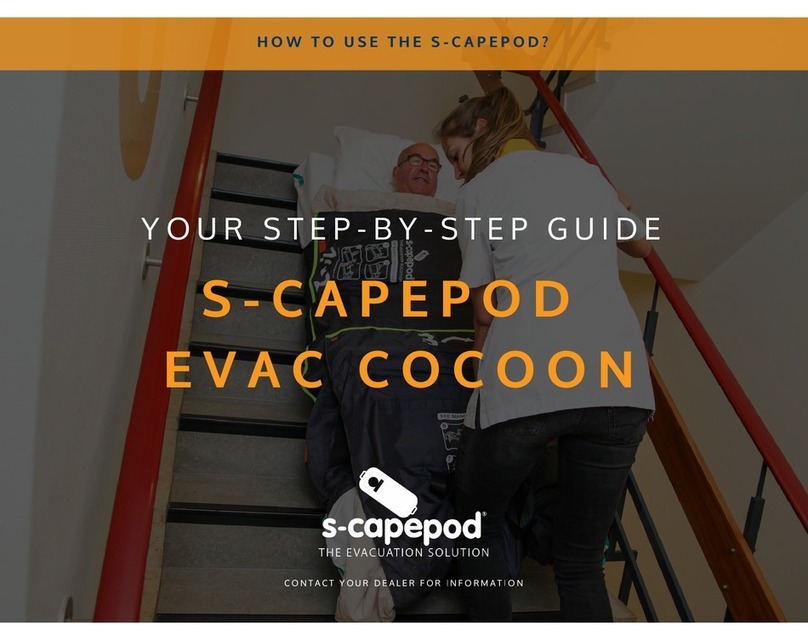
13 ENGLISH
1.3 Attentions
- Keep the oximeter away from dust, vibration, corrosive substances, ex-
plosive materials, high temperature and moisture.
- If the oximeter gets wet, please stop operating it. When it is carried from
cold environment to warm and humid environment, please do not use it
immediately.
- DO NOT press the keys on front panel with sharp materials
- High temperature or high pressure steam disinfection to the oximeter is
not permitted. Refer to User’s Manual for instructions of cleaning and
disinfection.
- DO NOT have the oximeter immerged in liquid. When it needs cleaning,
please wipe its surface with disinfect solution by soft material. Do not
spray any liquid on the device directly.
- When cleaning the device with water, the temperature of water should
be lower than 60°C.
2. OVERVIEW
The pulse oxygen saturation is the percentage of HbO2in the total Hb of the
blood, so-called the O2concentration in the blood. It is an important bio-param-
eter to the respiration. Many of the respiration disease will cause hypoxemia,
even endanger the patient’s health. As a result, monitoring the SpO2is indis-
pensable in the clinical rescuing. The traditional method to measure SpO2is
to analyze the sample of the patient’s blood, so can get the partial pressure of
oxygen and calculate the SpO2by use the blood-gas analyzer. This method is
inconvenient and can not be used to monitor continuously. For the purpose of
measuring the SpO2more easily and accurately, Creative developed the Finger-
tip Oximeter. The device can measure the pulse rate simultaneously.
The Fingertip Oximeter is compact, convenient to use and carry and with low
power consumption. You just need to put the ngertip into the sensor of the
device, the SpO2value will appear on the screen immediately.
2.1 Features
- Accurately measure SpO2value and pulse rate value;
- Perfusion index display is available;
- Automatic start measuring after putting nger into rubber cushion;
- Power off automatically without signal for more than 8 seconds;
- Audible & visible alarm function;
- Low voltage indication;
